Orgonic Architecture

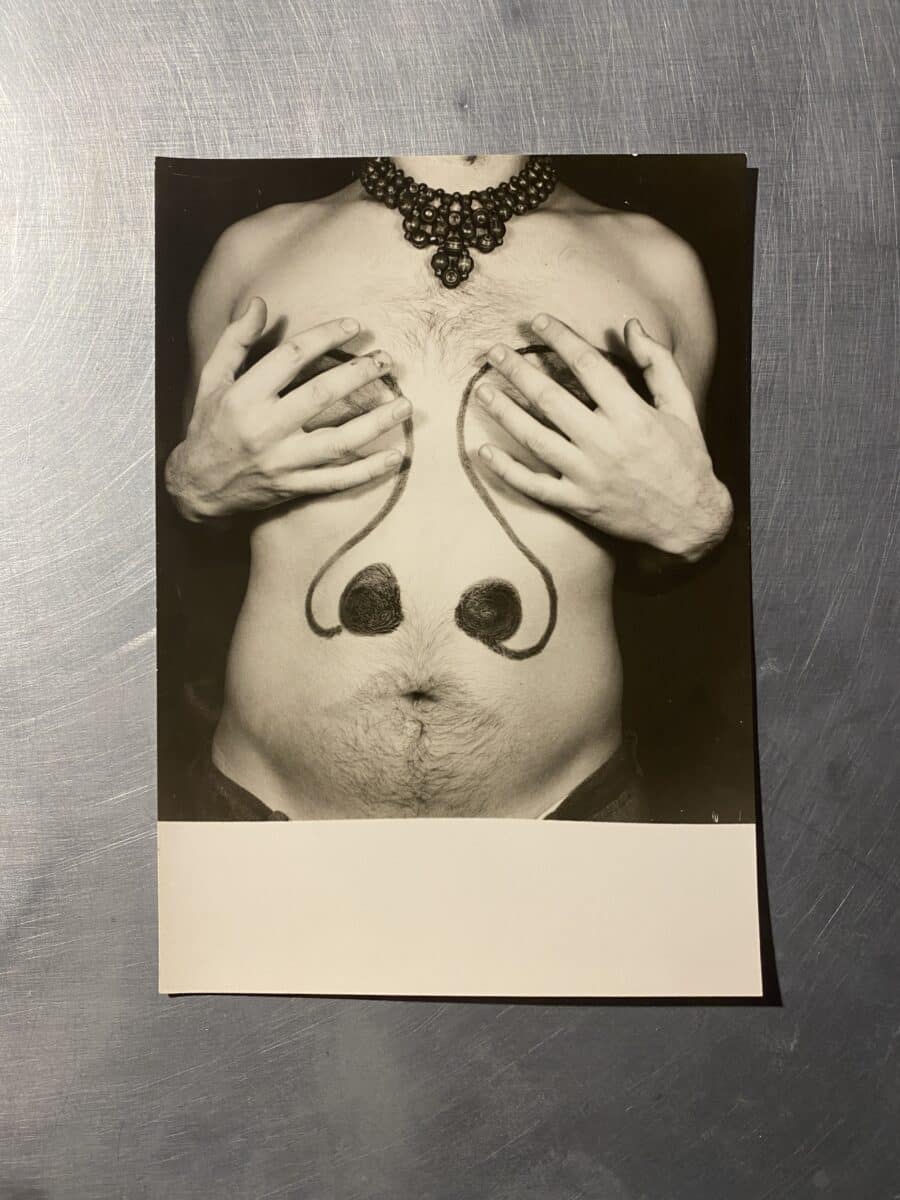
A face is drawn over a torso; breasts are transformed into eyes with nipples as pupils, the nose curves along the edge of the ribcage, and the belly button is the pursed smoking and kissing mouth, above hangs a necklace made of spherical beads, acting like a curled fringe. The face is animated by the host, covering their eyes with their hands, curling their body to make the face frown, or pushing their stomach inward, the mouth seeping three dark teardrops; otherwise, it is interacted with others, for a tender kiss or hug.
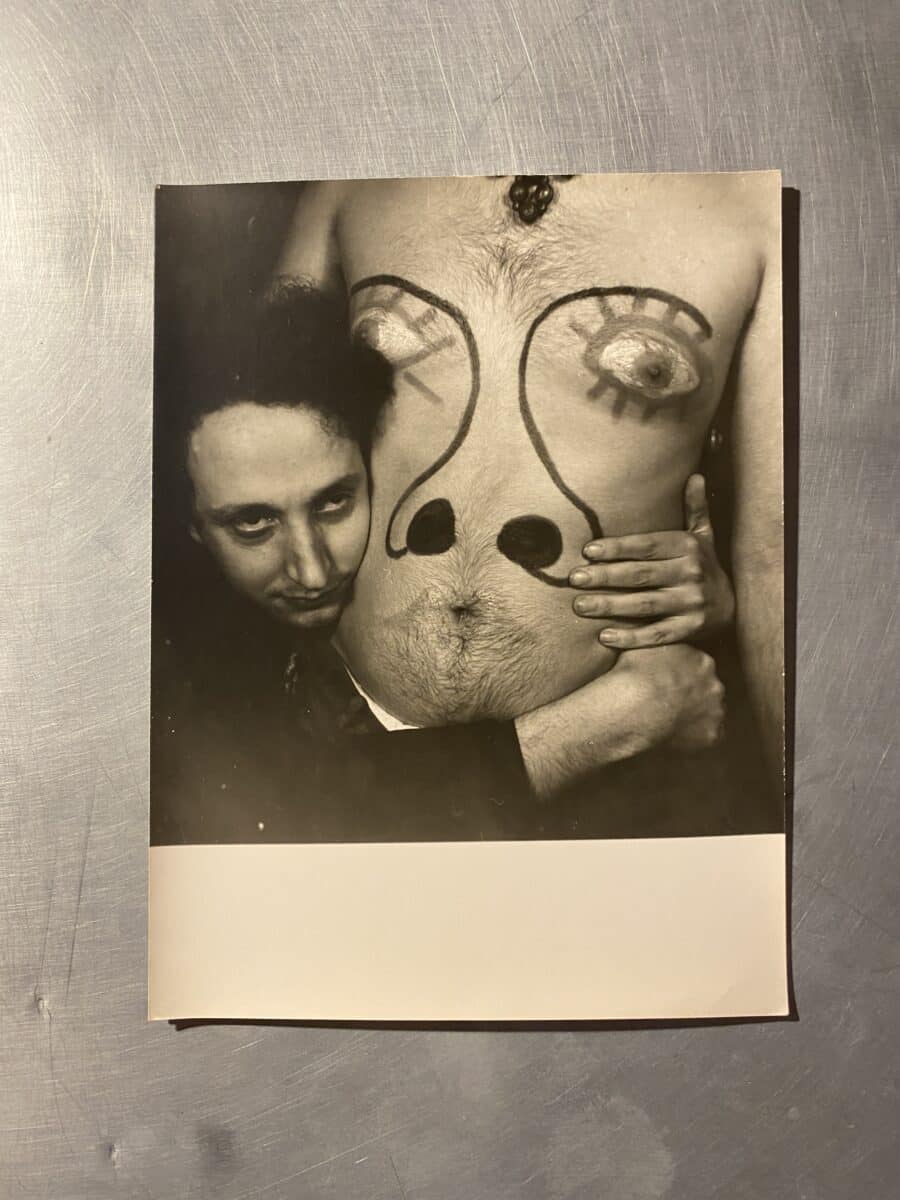
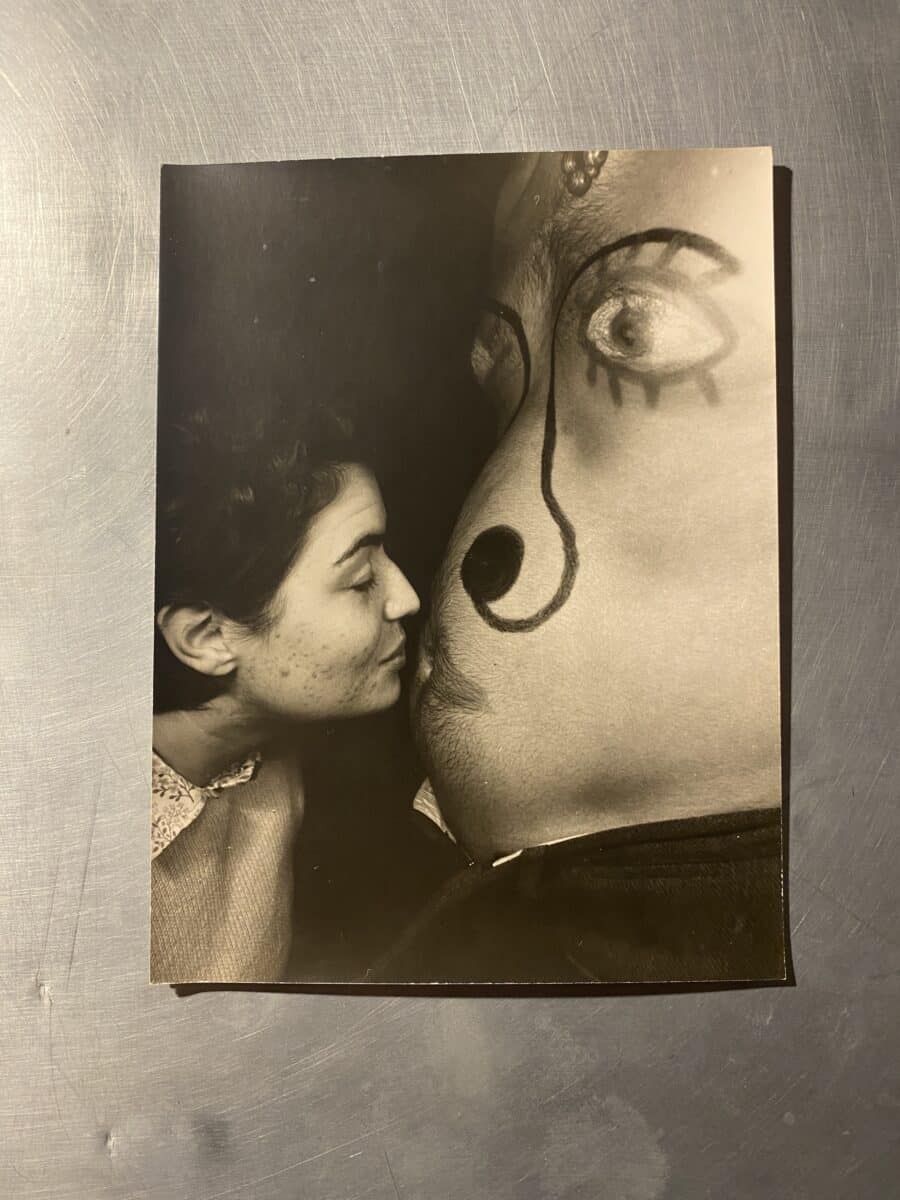
The photos were found amongst the papers of Andrea Branzi, acquired by Drawing Matter, in the midst of his office’s closure; the photos sit among bundles of manuscripts, predominantly for his Casabella column, ‘Radical Notes’.[1] Titled Trucchi (make-up), the stomach portraits were made for the double issue of Fernanda Pivano and Ettore Sottsass’ Pianeta Fresco 2/3 published in December 1968.[2] It explored the Italian Beat movement, a culmination of Pivano’s translation work with American poets like Allen Ginsburg, the nurturing of Milanese literary talents like Gianni Milano, and an exploration of radical art and design. Experimenting with psychedelic imagery and an unruly junction of text and image, the painted face appears at its centre.
Following in the practice of many others at the time, Archizoom adopted the language of Arte Povera, a movement which used common materials to make art accessible and subvert its commercial value. In particular, they explored its sub-genre of Body Art, using one’s body to not only reject traditional art objects but to explore the body as a space. The Trucchi were published again in 1972 in IN magazine, with a short text expressing the desire to utilise the body as a communicative tool.[3] They refer to the face as our most expressive feature and through the process of transposing it onto our torso it can help us communicate with our body. Through this instrumentalising of the body, one would have another tool for not only communication but ‘auto-verificarsi’ (self-verification).[4] In his ‘Radical Notes: Architecture and Sex’, Branzi also sees the body as the future of the built environment, seeking a ‘road from organic architecture to orgonic architecture’.[5]
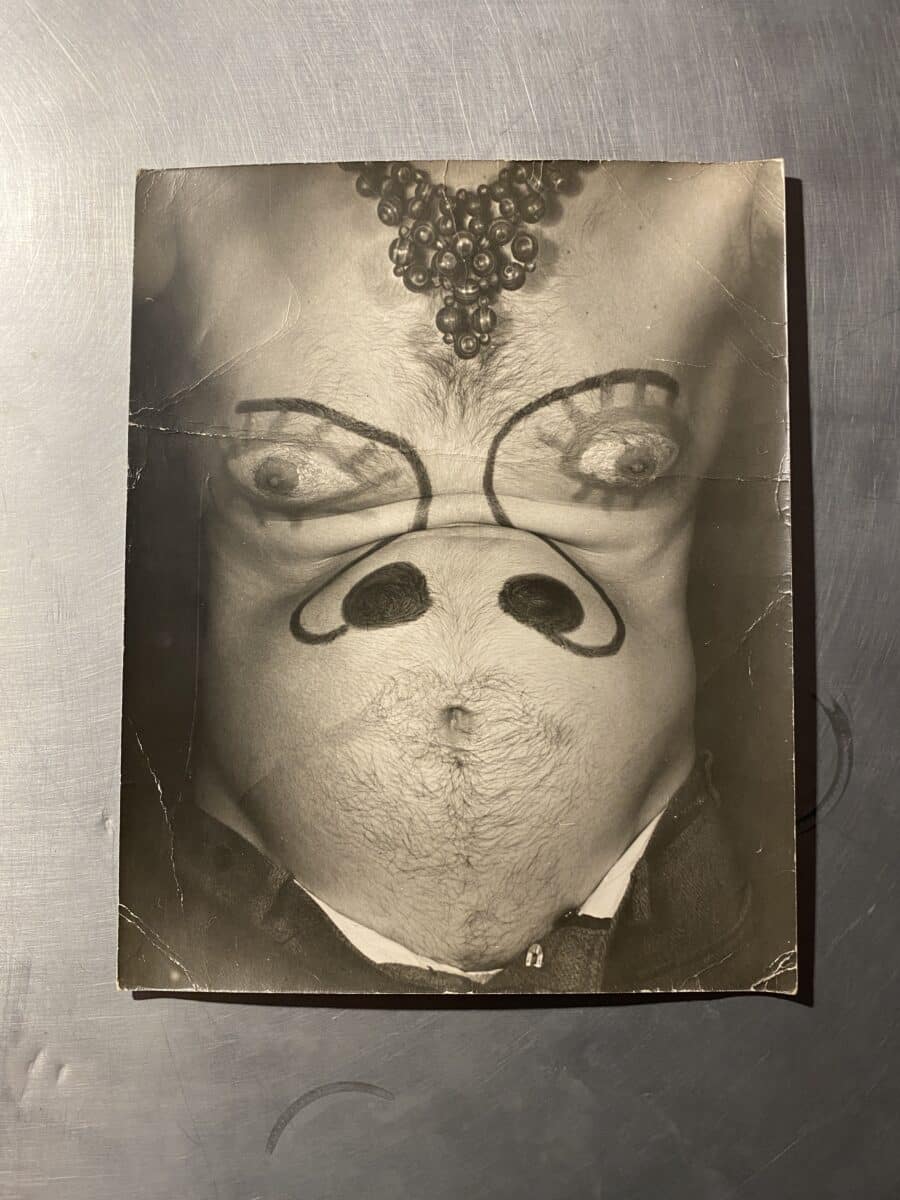
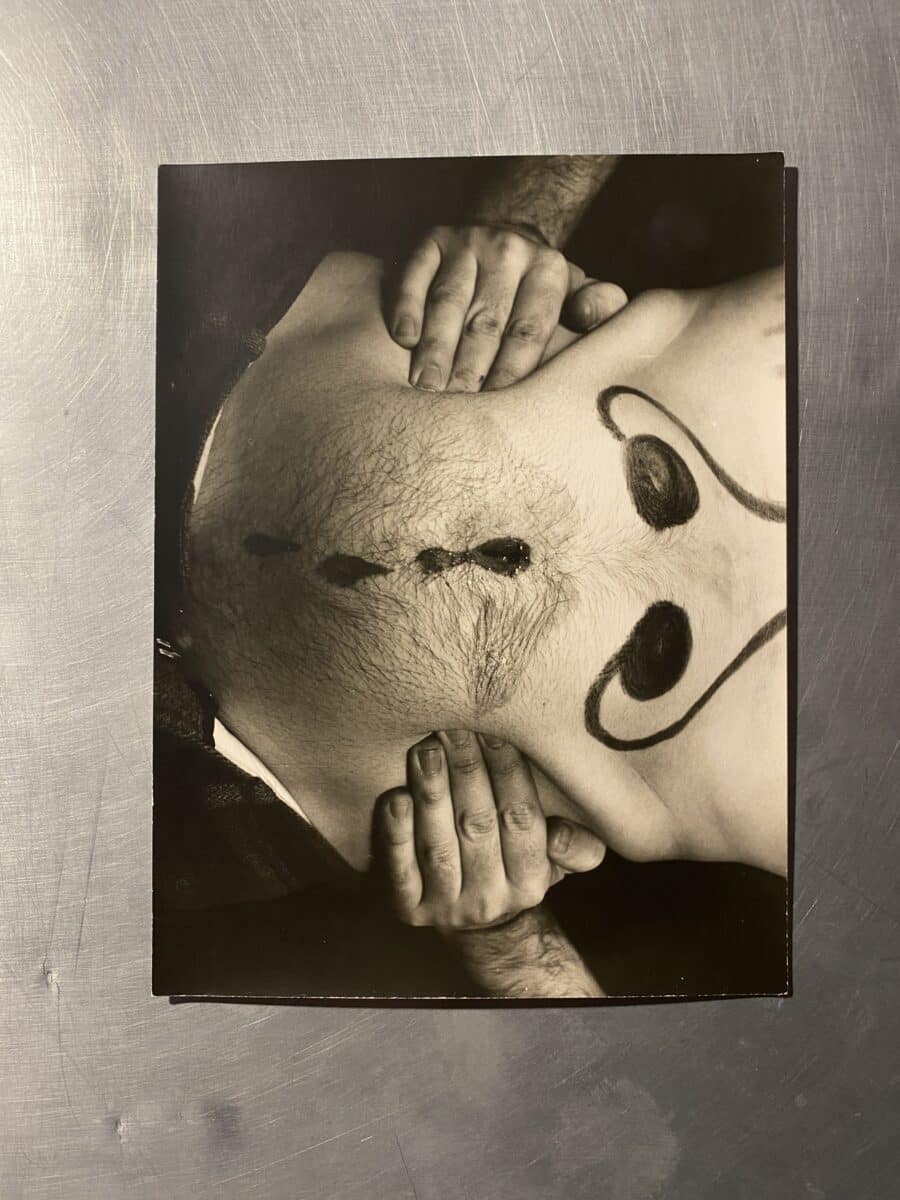
Notes
- Andrea Branzi wrote a series of 27 essays entitled, ‘Radical Notes’ for Casabella between 1972 and 1976.
- Pianeta Fresco 2/3 published editions 2 and 3 together in December 1968. They had a short print run of only a few hundred. The magazine also featured portraits of Archizoom painted faces, of which Drawing Matter holds photographs.
- Archizoom, ‘Trucchi’, IN no.8, 1972, 57.
- Archizoom, ‘Trucchi’, IN no.8, 1972, 57.
- Andrea Branzi, ‘Radical Notes: Architecture and Sex’, Casabella no.407,1975, 12.
